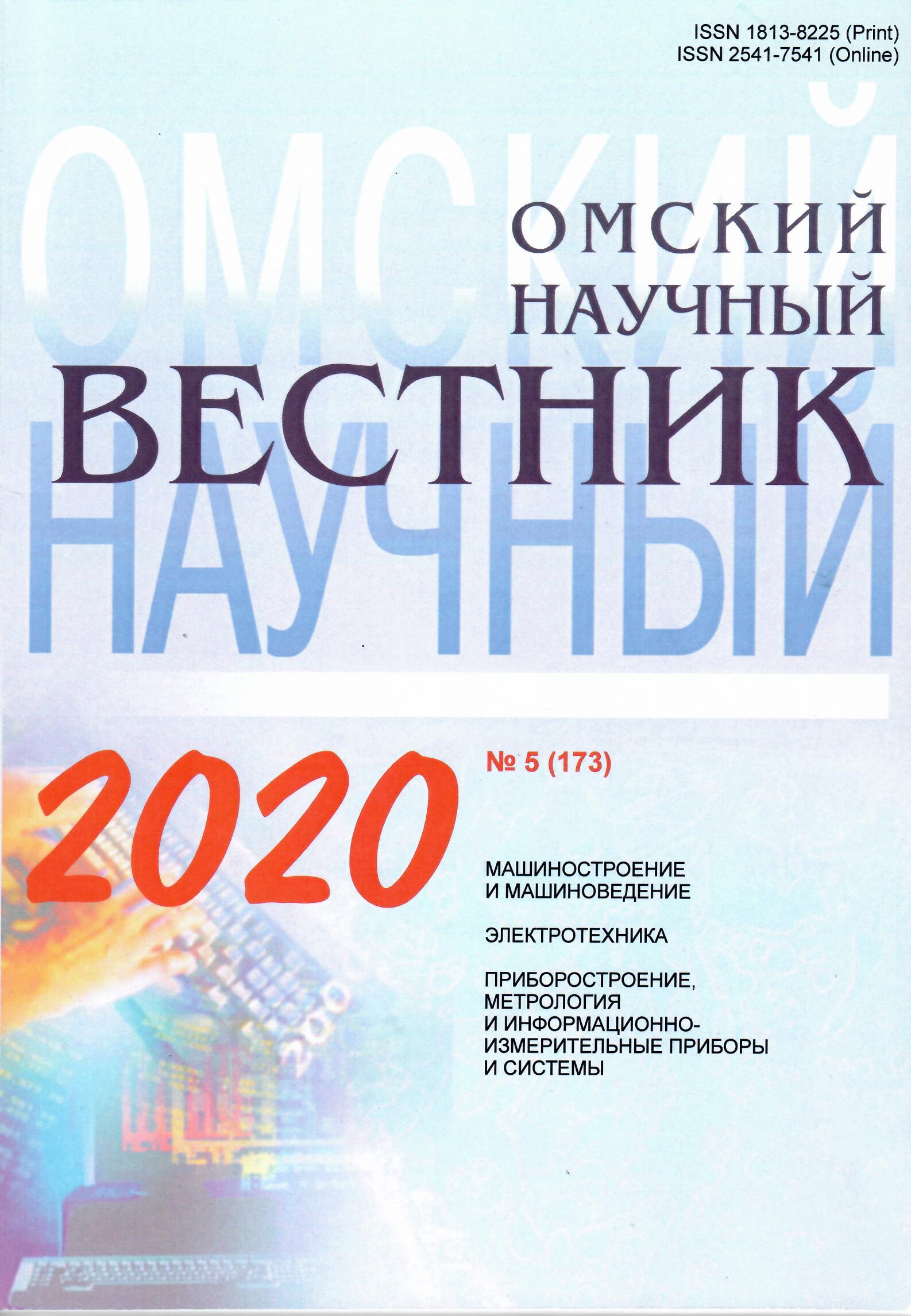Determination of dry residue of drinking water by quartz crystal microbalance method
DOI:
https://doi.org/10.25206/1813-8225-2020-173-99-102Keywords:
assessment of water quality, the degree of purification, the dry residue of water, piezoquartz microweightAbstract
The dry residue of water characterizes its quality with great completeness, since it contains all impurities, including nonvolatile organic substances. Therefore, the mass of dry residue can characterize the depth of drinking water treatment and is
an important indicator of its quality. Currently, this parameter is determined by the gravimetric method. The determination of
the dry residue mass by this method requires considerable time for the analysis and the use of a large mass of the substance.
Quartz microweights, the sensitive element of which is a quartz piezoresonator, do not have these disadvantages. The purpose of this work is to evaluate the possibility of using the piezoquartz microweighing method for rapid analysis of drinking water quality. The use of this highly mass-sensitive method (10–8–10–9 g) can significantly reduce the mass of water used for the experiment, and, accordingly, the analysis time, which is determined by the evaporation time of the substance. An experimental module based on a quartz piezoresonator is created to perform experimental studies. The mass-sensitive coefficient of microweights is determined using calibration measurements. For the given experimental conditions (temperature 20 ° C, pressure 105 Pa), it is equal to Сf = (9,50,5) 10–9 g/Hz. To assess the possibility of practical use of the piezoquartz
microweighing method, various samples of drinking water are studied and the results analyzed. Based on the experimental data, the parameter X is calculated, which characterizes the mass of dry residue in a liter of water. In the course of experimental studies, it is found that the tap water used in the experiment is optimally mineralized by the value of the parameter X, and its purification using a household filter slightly reduces the amount of dry residue. When boiling water, some of the substances dissolved in it precipitates, but its mineralization remains satisfactory. During the distillation process, the amount of dry residue is significantly reduced, and the water becomes slightly mineralized. The results obtained in this work are consistent with the known experimental data. Thus, the piezoquartz microweighing method can be used to determine the dry residue of drinking water when evaluating its quality in various technological processes.
Downloads
Published
How to Cite
Issue
Section
License
Non-exclusive rights to the article are transferred to the journal in full accordance with the Creative Commons License BY-NC-SA 4.0 «Attribution-NonCommercial-ShareAlike 4.0 Worldwide License (CC BY-NC-SA 4.0»)




